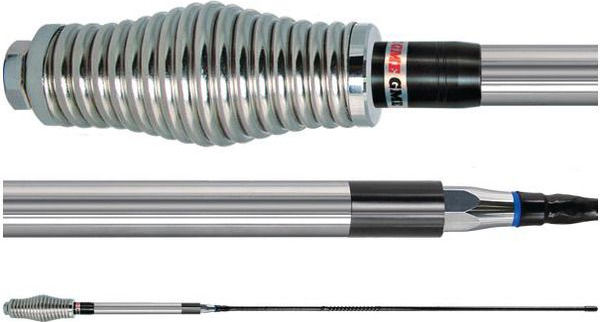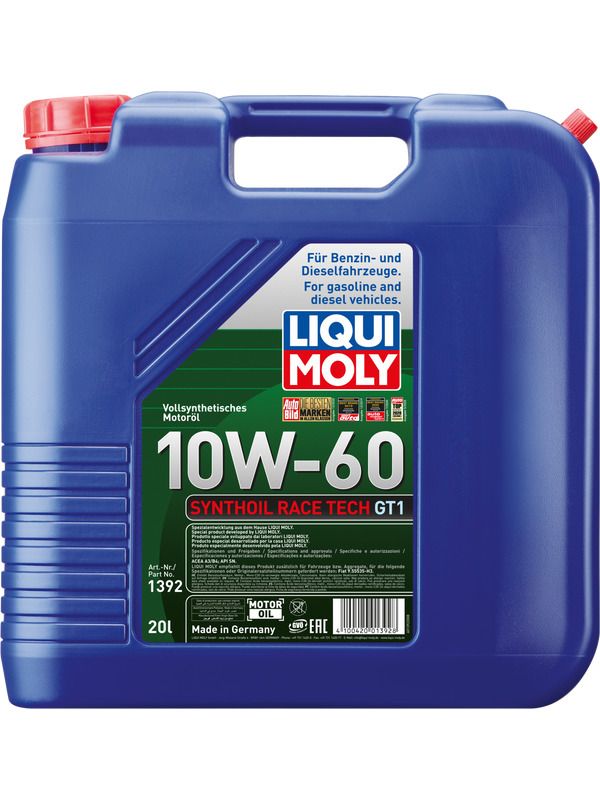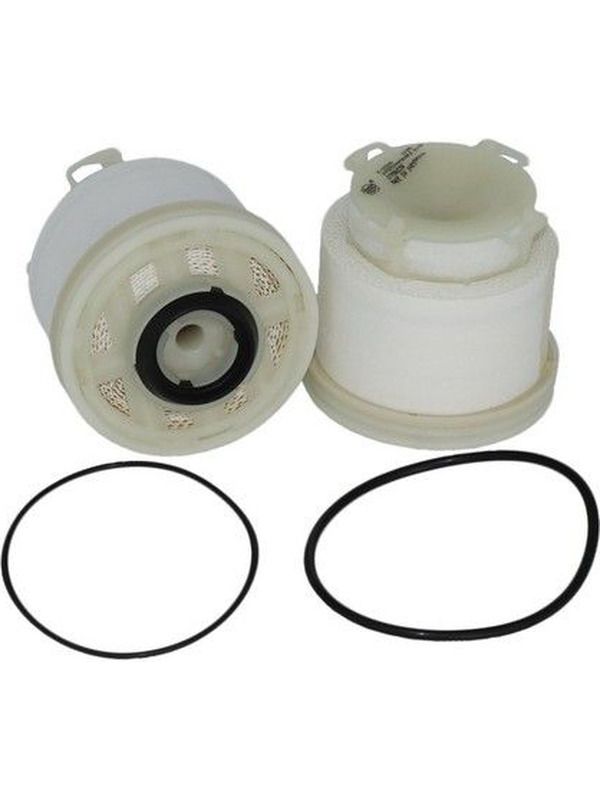Fuel Filter DIY Maintenance Tips
Maintaining your vehicle’s fuel filter is often overlooked, yet it is essential for ensuring your engine runs smoothly and efficiently. For those who love to take matters into their own hands, this DIY fuel filter maintenance guide is perfect.
Here, we’ll walk you through the importance of a clean fuel filter, signs that it needs replacing, and the steps to change it yourself.
Why Fuel Filter Maintenance Matters
Protecting Your Engine
A clean fuel filter removes contaminants, dirt, and rust particles from your engine. This is crucial because dirty fuel can clog injectors, damage engine components, and reduce overall performance.
Improving Fuel Efficiency
Regular fuel filter maintenance ensures that your engine gets a steady flow of clean fuel. This helps your car run more efficiently, potentially saving you money on fuel in the long run.
Preventing Costly Repairs
Neglecting your fuel filter can lead to significant engine issues that are expensive to fix. Routine maintenance can prevent these problems and extend the life of your vehicle.
Signs Your Fuel Filter Needs Replacing
Poor Engine Performance
If you notice your car struggling to accelerate or experiencing a loss in power, it might be due to a clogged fuel filter restricting fuel flow.
Starting Problems
Difficulty starting your vehicle is another sign that your fuel filter may need attention. A blocked filter can prevent sufficient fuel from reaching the engine, making it hard to start.
Engine Misfires or Stalling
Misfires or stalling, especially when driving uphill or under heavy loads, can indicate that the fuel filter is not allowing enough fuel to pass through.
Tools and Materials You’ll Need
Before diving into DIY fuel filter maintenance, gather the necessary tools and materials. Here’s a quick list:
- New fuel filter
- Screwdrivers
- Wrenches
- Clean rags
- Safety glasses
- Gloves
- Container for catching fuel
Step-by-Step Guide to Changing Your Fuel Filter
Step 1: Safety First
Ensure your vehicle is parked on a flat surface and the engine is cool. Disconnect the battery to avoid any electrical sparks.
Step 2: Relieve Fuel System Pressure
Locate the fuel pump fuse and remove it to relieve pressure from the fuel system. This is crucial to prevent fuel spray when you disconnect the filter.
Step 3: Locate the Fuel Filter
Consult your vehicle’s manual to find the exact location of the fuel filter. It’s usually along the fuel line, either near the fuel tank or in the engine bay.
Step 4: Remove the Old Filter
Use wrenches to disconnect the fuel lines from the old filter. Be prepared for some fuel spillage, and use a container to catch any excess fuel.
Step 5: Install the New Filter
Install the new filter in alignment with the indicated flow direction. Firmly connect the fuel lines and securely fasten them with wrenches.
Avoid cutting corners during this process; opt for high-quality replacement filters from brands such as Ryco, Sakura, K&N, and Holley to ensure optimal results.
Step 6: Reconnect the Fuel Pump Fuse
Once the new filter is in place, reconnect the fuel pump fuse and the battery. Start your engine and check for any leaks around the filter area.
Post-Maintenance Tips
Check for Leaks
After installation, always inspect for any fuel leaks. If you spot any, tighten the connections further.
Test Drive
Take your vehicle for a short test drive to ensure it runs smoothly and there are no performance issues.
Regular Checks
Incorporate fuel filter checks into your regular vehicle maintenance routine. Depending on your car model, you might need to replace the filter every 20,000 to 40,000 kilometres.
Keep Your Engine Happy and Healthy
Maintaining your fuel filter is a simple yet highly effective way to ensure your vehicle remains efficient and reliable. By understanding the importance of a clean fuel filter, recognising the signs that it needs replacing, and following the steps outlined in this guide, you can take proactive steps to maintain your car's health.
For top-quality spare parts and accessories, look no further than Rolan Australia. We offer a wide range of fuel filters and other automotive essentials to help you keep your vehicle in top shape.






